Cats on Pulau Hantu (Part 2)
 August 22, 2017
August 22, 2017

The Hantu Blog, together with the SPCA, Cat Welfare Society (CWS) and Singapore Land Authority (SLA) successfully trapped and removed four cats that were abandoned on Pulau Hantu. This is the second time we have responded to a public alert about stray cats on the island. The first such attempt to trap and remove cats from the island was in January 2016. It is necessary for the cats to be removed for their own welfare, and that of the wild animals and environment that they are in.
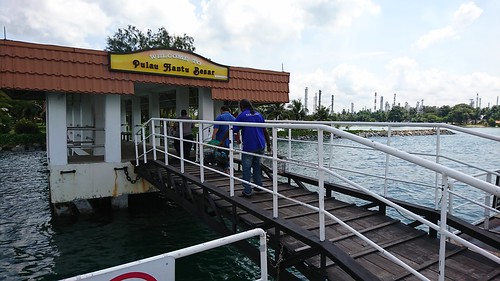
On 11 Aug 2017, we were informed by member of the public that 2-3 cats have been sighted on Pulau Hantu. The cats reportedly “stole bread” and eggs from the lunch boxes of workers and visitors on the island. The following day, the SPCA was also alerted by a different individual who reported two cats on the island. CWS was subsequently informed by the SPCA, who then sought to confirm this information with the Hantu Blog. The Hantu Blog contacted SLA on 17 Aug, and within 48 hours, we were informed that a vessel had been arranged by the SLA to facilitate the trapping of the cats on the island.

Experience from the cat trapping done in 2016 taught us that cats gather around the toilet facilities because it is the only source of freshwater on the island. As we made our way towards the toilets we were eagerly greeted by a friendly young cat. It could be picked up and so did not require trapping. The cat was very hungry and eagerly approached anyone who made a sound to call it.
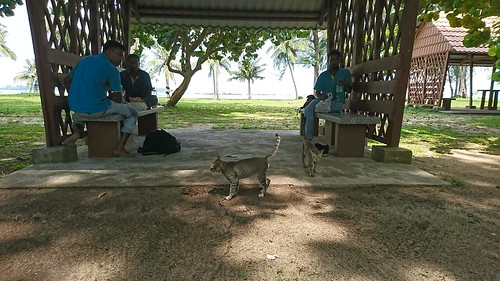
We then spotted three more cats that had gathered around three workers who were having their lunch. The workers visit the island daily and informed us that they have been packing bread and fish for the cats. In spite of this, the food was insufficient and the cats were hungry enough to fervently devour bread. The workers informed us that two of the cats were first spotted on the island about six months ago, and the other two appeared on the island about a month ago. This might suggest that the four animals were abandoned on the island over two separate events.

Three of the cats were somewhat friendly, but one was especially timid and cautious.
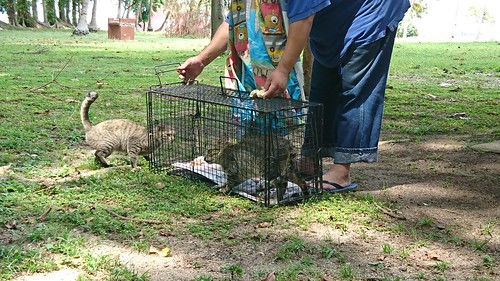
Two of the cats were easily motivated to enter the baited trap together, so it might be that this pair arrived on the island together.
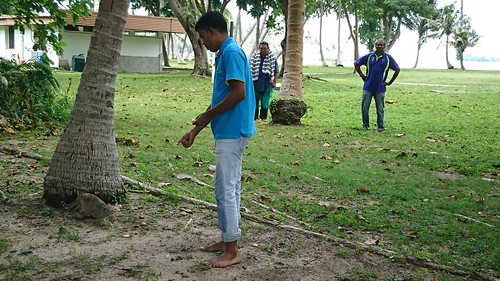
The skittish cat had to be coaxed out from the edge of the forest into a cleared and open space. One of the three workers we met very kindly volunteered to help us lure the cat out into the clearing.

Once in the clearing, the cat was swiftly trapped with a net. Richard Ng (CWS) and V. Mohan (SPCA) have been working together for over a decade. This experience of working together enabled them to cooperate and respond to each other without any verbal communication. It took a combination of anticipating the animals’ behaviour and understanding how the behaviour of people around the cat would affect the cat. These two made it look like light work, but an inexperienced person would have taken a much longer time to trap all four cats. For the welfare of the cats, and for swiftness of operation, it is important that experienced animal handlers be engaged to conduct cat trapping at all times. They were also properly equipped with humane traps and suitable nets. Please do not attempt to catch cats with nets. If done the wrong way, both person and cat can be very seriously injured.
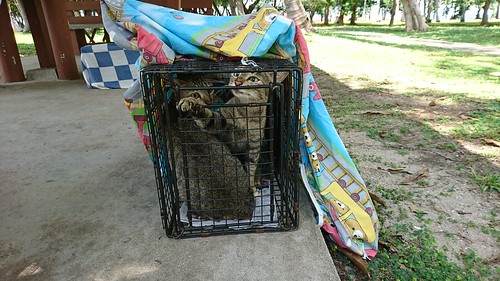
The cats were taken to a vet on the mainland to be examined and will be neutered if they are fit. This operation would not have been possible without information being shared by a caring public, and the coordination between the volunteer organisations and government agencies. While we are pleased with the success of this operation, it should not have happened in the first place. It may seem like a nice idea to give cats their very own island to roam freely in, but our islands are already home to birds and other wild animals. Cats could kill or spread diseases to these animals that rely on island refuges to thrive. While the cats have survived on the island for several months, they were still undernourished and dehydrated likely due to limited access to food and water. Our islands are exposed to severe and unpredictable weather. Periods without rain and without visitors mean that the cats will have no access to fresh water. Desperate and hungry cats could pose a danger to unsuspecting visitors on the island. The cats could injure a person or child while attempting to steal food and become a nuisance. Cats can also very successfully breed and rapidly populate our islands. This was the case in St. John’s Island where a colony of 80 cats grew from just a few abandoned pairs. Of the four cats trapped during this operation, two were female, one of which was pregnant, and the other was on heat. If you see cats on any of our islands (apart from St John’s Island), please inform the SPCA or CWS.
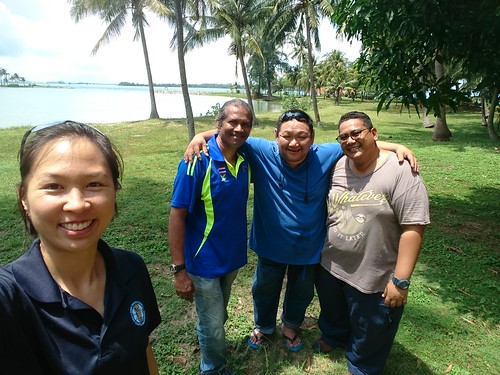
Important future steps are to prevent people from abandoning their cats on our southern islands in the first place. We will be working with SLA to highlight this issue to visitors and hopefully mitigate the abandonment of animals on our islands. If you are a regular visitor to our islands, please share this with your community. If you spot people bringing pets onto our islands, please advise them not to release them on the islands. People should not be bringing their pets to our islands in the first place. A big thank you to SPCA, CWS, and SLA for supporting our efforts to keep our islands safe for people and wildlife!
 Posted in
Posted in 



 content rss
content rss
COMMENTS